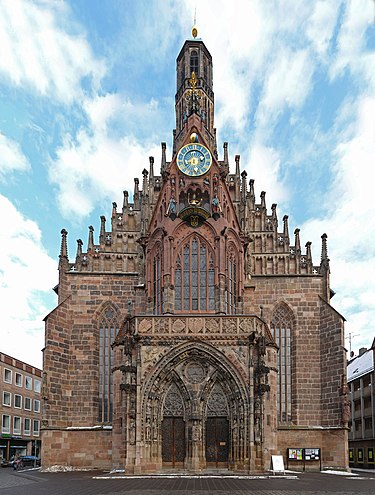
Word of the Day: Facinorous
Today’s word of the day is facinorous, courtesy of a Reader’s Digest webpage called “10 Old-Fashioned Words That Make You Sound Smart,” updated March 7, 2022 (https://www.rd.com/list/old-fashioned-words-sound-smart/). It is an adjective meaning “atrociously wicked.” According to etymonline.com, it comes into the language in the 1540s, “from Latin facinorosus, from stem of facinus ‘a deed,’ especially a bad one, from facere ‘to do’ (from PIE root *dhe– ‘to set, put’). ‘Very common in 17th c.,’” according to the Oxford English Dictionary.
If you are not familiar with the Oxford English Dictionary (or OED, as people regularly refer to it), it is the most comprehensive dictionary of the English language in existence. Its initial release took decades and the work of hundreds if not thousands of people, some professional and some amateur. Simon Winchester has a fascinating book on its history; the book is The Professor and the Madman: A Tale of Murder, Insanity, and the Making of the Oxford English Dictionary. I think the title is fascinating enough without my doing too much explanation. But the OED is comprehensive because it delves into the history of the words it includes, and the history is instructive.
On this date in 1349, 560 members of the Jewish community in Nuremberg (Nuernberg in German), a city in Bavaria, in what is today Germany.
A little background. There was a community of Jews living in Nuremberg at least as early as 1146. As in so much of Europe in the Middle Ages, the people of Nuremberg had a bit of a love/hate relationship with the Jews. The issue was money. Christians could not lend money to other Christians at interest; even a little interest was considered usury, and that was forbidden by the Roman Catholic Church. That rule effectively meant that Christians would not lend each other money. But Jews could lend money to Christians at interest, and Christian rulers frequently felt the need to borrow money for the numerous battles and wars that they fought.
By 1338, there were about 2,000 Jewish families living in Nuremberg (https://www.jewishvirtuallibrary.org/nuremberg). They made their home there, but they faced discrimination and even persecution from the Christian rules and the Christian majority.
Then the Black Death hit, starting about 1348. You have probably heard that the Black Death, or bubonic plague, took the lives of roughly a third of the people of Europe. But in addition to those who died directly from the plague, thousands of Jews died because the Jewish community in many cities and towns throughout Europe blamed the Jews for the plague. Massacres occurred in Toulon, Barcelona, Erfurt, Basel, Aragon, Flanders; in Strasbourg, on Valentine’s Day of 1349, 2,000 Jews were burned alive even though the plague had not yet reached the city, and the residents combed through the ashes of the dead collecting what valuables they could find.
The hatred reach Nuremberg on this day 673 years ago. 560 members of the Nuremberg Jewish community were burned alive; the rest either fled or were expelled from the city. The property of the Jews was given by King Charles IV, the Holy Roman Emperor, to important officials in the area. The houses of the Jews were demolished, and markets and a church were built on the land.
Just two years later, the political leader of Nuremberg, called the burgrave (like a hereditary mayor), asked Charles IV if he could allow Jews back into the city. Why, you ask? Because the city was growing short of money. Of course, by 1351, the plague was almost over. And I should mention that, as part of the agreement to be allowed back into the city, the Jews had to cancel all the debt of the citizens. But within 30 years there were 500 Jews living in Nuremberg. And, of course, the Jews had nothing to do with the plague.
Today’s image is of the Frauenkirche. “The Frauenkirche (“Church of Our Lady”) is a church in Nuremberg, Germany. It stands on the eastern side of the main market. An example of brick Gothic architecture, it was built on the initiative of Charles IV, Holy Roman Emperor between 1352 and 1362” (https://en.wikipedia.org/wiki/Frauenkirche,_Nuremberg). It is just sad that such a beautiful monument to the faith was built on the remains of such a facinorous act.